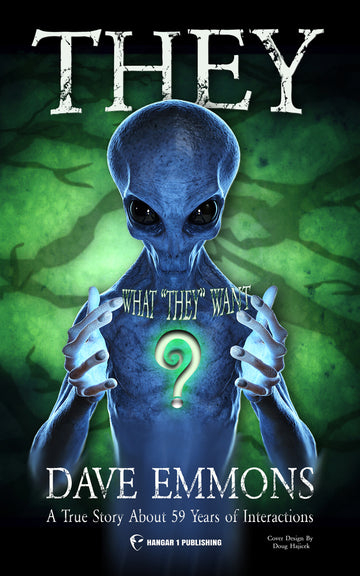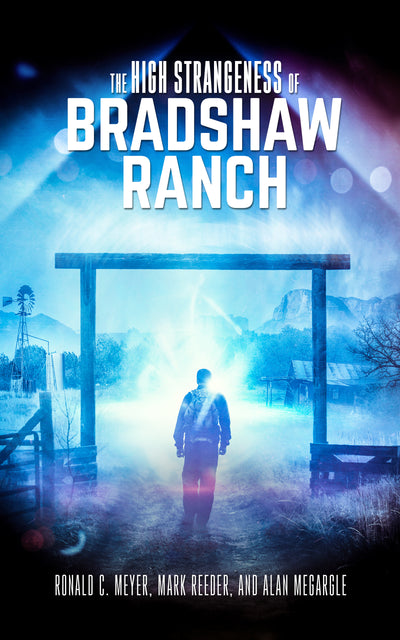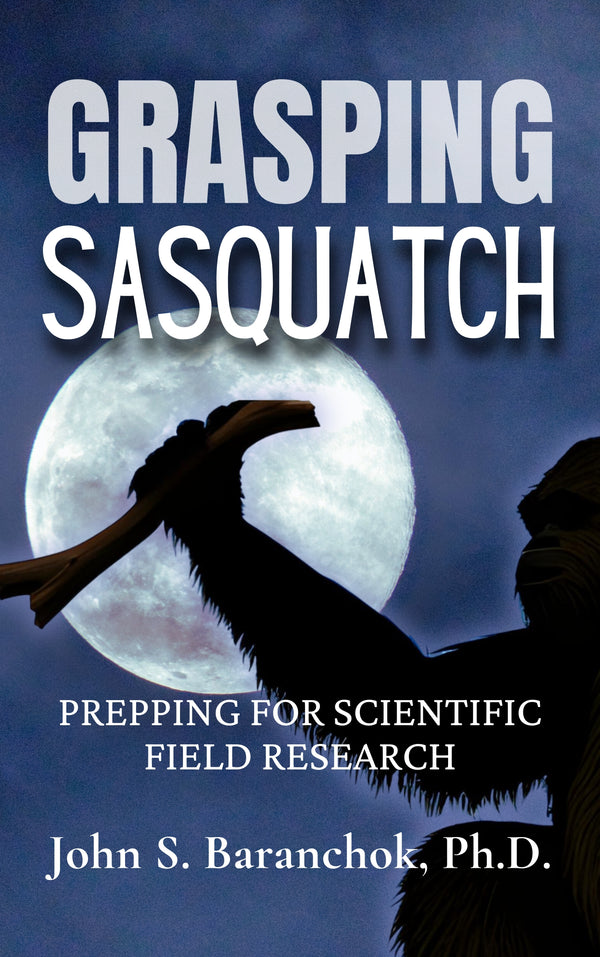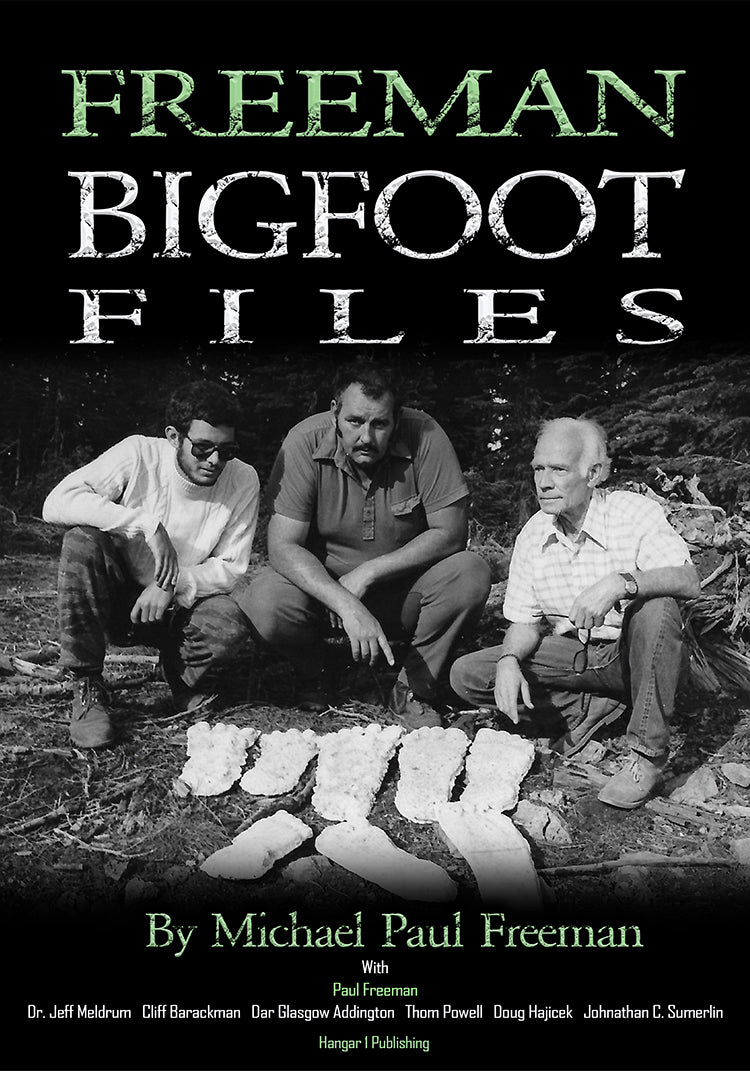Understanding Your Disclosure Petition Options
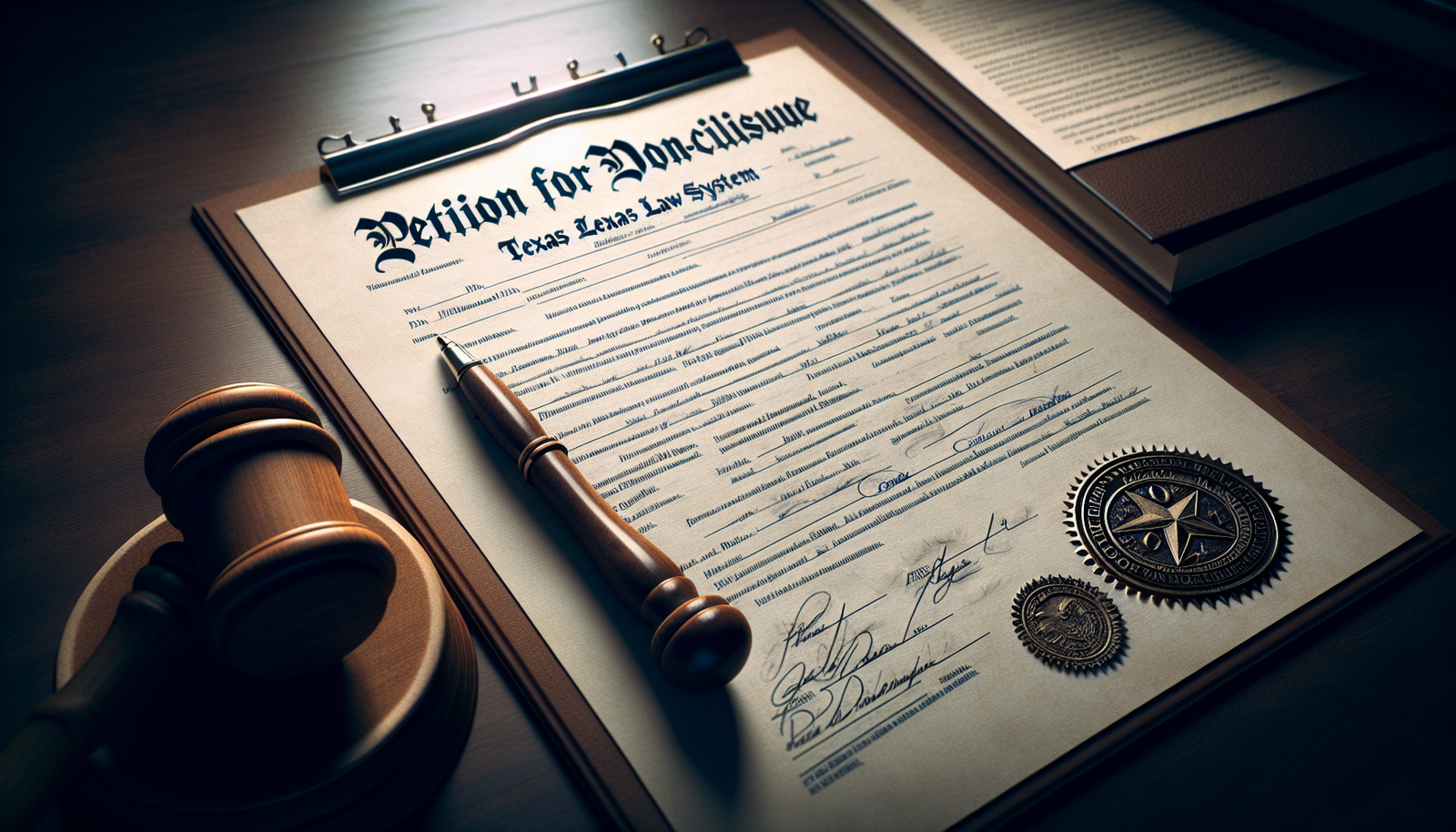
By Gabriel Chen, Ufologist
: Unlocking Information in a Complex World
Introduction: The Power (and Mystery) of Petitioning for Transparency
Imagine a locked door. Behind it lies information crucial to your future – maybe it’s the key to landing a job despite a past mistake, understanding a hidden financial risk in an investment, or even ensuring your family's safety. In many situations, a Disclosure Petition acts as that key. It's a formal, legal, or administrative request to unlock information that is otherwise restricted, shielded from public view, or difficult to obtain. But what exactly is a Disclosure Petition? It’s not a single, magical document; rather, it’s a powerful concept that manifests in surprisingly diverse corners of our legal and social landscape.
Think of it less as a specific item and more as the act of formally asking for access. It's the mechanism we use to challenge opacity, to demand clarity when information is withheld. This journey into transparency takes many forms. We see it in the deeply personal realm of criminal records, where individuals petition courts for a chance to limit the impact of their past. We see it in the high-stakes world of finance and corporate governance, where investors and advocacy groups petition regulatory bodies like the Securities and Exchange Commission (SEC) to mandate disclosures about everything from political spending to environmental risks. It appears in consumer advocacy, demanding clear labeling on food products, and even within the complex machinery of civil litigation and administrative processes.
Each context carries its own set of rules, intricate procedures, and significant stakes. This article aims to demystify the varied world of Disclosure Petitions. We'll explore their different applications, break down the processes involved, and help you understand your options when seeking – or sometimes, resisting – the release of information. Along the way, we’ll tackle some intriguing questions: Can a past indiscretion truly follow you forever, or can you petition for a measure of privacy? How can ordinary people push powerful corporations towards greater transparency about hidden risks or controversial expenditures? And when does the fundamental need for information justify overriding deeply ingrained legal principles like privacy or even the hallowed secrecy of a grand jury? Let's map out the terrain, exploring the distinct realms where these petitions play a vital role in shaping who knows what.
The Second Chance Petition: Navigating Non-Disclosure in Criminal Records (Focus on Texas)
For many, the most impactful form of disclosure petition relates to the shadow cast by a criminal record. In Texas, a specific legal tool called a Petition for Non-Disclosure offers a path for individuals to limit the public visibility of certain past arrests or charges. Now, let's be clear from the outset: this isn't the same as an expunction. An expunction aims to completely destroy the record, like shredding a document and burning the pieces. Non-disclosure is more akin to placing that document in a securely locked file cabinet. The record still exists, but access is strictly controlled.
Why does this matter? In our hyper-connected world, background checks are nearly ubiquitous. Landlords, employers, licensing boards – they all routinely look into people's pasts. Even an arrest that didn’t lead to a conviction, or a successfully completed deferred adjudication probation, can act as a significant barrier, hindering opportunities for stable employment, secure housing, or even obtaining loans. A Petition for Non-Disclosure seeks to mitigate this lifelong burden by preventing most public entities, and consequently private background check companies, from seeing that sealed record.
Getting this "key" to lock the file cabinet, however, isn't automatic. Texas law lays out a complex maze of eligibility requirements. Historically, the primary route was successfully completing deferred adjudication probation – a type of probation where you plead guilty or no contest, but the judge defers a finding of guilt. If you complete the probation successfully, the case is dismissed, but the record of the arrest and deferred adjudication remained public without further action.
The legal landscape here has been anything but static. Texas lawmakers recognized the roadblocks these records created and enacted significant changes, particularly in 2015, 2017, and 2019. Before 2015, successful deferred adjudication was pretty much the only game in town. The 2015 laws cracked the door open wider, introducing new circumstances where someone might be eligible, even without deferred adjudication, and creating a category for certain misdemeanors potentially eligible for "automatic" non-disclosure under Government Code §411.072 (though, importantly, this "automatic" status isn't truly automatic – you still generally need to request it and meet criteria).
The 2017 amendments were revolutionary, particularly for Driving While Intoxicated (DWI) offenses. For the first time, certain first-time DWI convictions became eligible for non-disclosure under specific conditions (like BAC level below 0.15 and no accident involving others). This was a massive shift, offering relief where none previously existed. The law even created separate pathways depending on whether the sentence involved probation or jail time, with different waiting periods. Notably, having an ignition interlock device installed for at least six months could shorten the waiting period. Crucially, many of these 2015 and 2017 changes were made retroactive, breathing new life into the hopes of individuals with older cases. The 2019 updates further refined the process, focusing particularly on relief for victims of trafficking offenses.
Despite this expansion, navigating eligibility feels like walking a tightrope. Even if your situation seems to fit one of the categories, you still have to convince the judge that granting the non-disclosure order is in the "best interest of justice." This isn't a rubber stamp; the judge has discretion and can deny the petition.
Furthermore, there's a significant minefield of disqualifications. Certain offenses are almost always ineligible for non-disclosure. Think serious violent crimes (murder, aggravated kidnapping), most sexual offenses (especially those involving children or requiring registration), and offenses involving family violence. A tricky aspect here is that even if your original case didn't have an official finding of family violence, the judge considering your non-disclosure petition *can* make that finding based on the case facts, which would disqualify you under Section 411.074. Picking up *any* new conviction or deferred adjudication (other than minor traffic tickets) during your probation or during the applicable waiting period after your case concludes is also a surefire way to become ineligible.
If you clear the eligibility hurdles, the process itself is a procedural gauntlet. You must file a formal Petition for Non-Disclosure, typically in the same court that handled the original case. This isn't just filling out a form; it requires gathering specific, *certified* copies of crucial documents: the judgment order showing deferred adjudication or conviction, the dismissal and discharge order (if applicable), your official criminal history report from the Texas Department of Public Safety (obtained through Identogo), and the original charging document (indictment or information). Getting these certified copies usually involves fees.
Timing is also critical. Waiting periods apply to many eligibility categories, ranging from immediate eligibility for some misdemeanors after deferred adjudication dismissal, to 180 days for the "automatic" category, two years for certain other misdemeanors or DWI probation with interlock, and five years for felonies or DWI probation without interlock. These waiting periods typically start from the date your probation is discharged and the case dismissed, or the date you complete your sentence.
Once filed, the court sets a hearing date (usually at least 30 days out), and you must notify all relevant state agencies listed in your petition – a task often best handled by the District Clerk, though you can do it yourself via certified mail or secure electronic means if you meticulously track proof of delivery. Attending the hearing is usually required unless no agencies object and the prosecutor agrees to the order. At the hearing, the burden is on you, the petitioner, to present evidence proving your eligibility and persuading the judge that sealing your record serves the interests of justice.
So, what happens if the judge grants your petition? The court issues an Order of Non-Disclosure, which is sent to the Department of Public Safety. DPS then notifies a wide range of entities – law enforcement agencies, courts, prosecutors, jails, state and federal criminal record depositories – instructing them to seal the relevant records. This means they cannot disclose that information to the general public. You can then legally deny the arrest or prosecution occurred on most job, housing, or loan applications.
However, remember that file cabinet analogy? It's locked, not empty. The non-disclosure order *doesn't* destroy the records. A specific list of government and quasi-government entities, primarily law enforcement and agencies involved in criminal justice or regulatory licensing (like the boards governing teachers, nurses, lawyers, or the TABC), still retain access. They need this access for background checks related to specific sensitive jobs, licensing, or subsequent criminal justice purposes. Crucially, while you can deny the offense happened on a job application, you *cannot* deny it if you find yourself facing future criminal prosecution.
The complexity is undeniable. The eligibility rules are intricate, the documentation requirements are precise, and convincing a judge requires a persuasive case. Moreover, as several legal sources emphasize, an improperly drafted order that fails to list all necessary agencies can render the non-disclosure ineffective, with records still potentially surfacing in background checks. Fixing such an error after the fact is difficult and expensive. This is why virtually every resource, including court websites and legal aid organizations, strongly recommends hiring an experienced attorney to navigate the Texas non-disclosure process. It’s an investment in ensuring your second chance is properly secured.
The Transparency Petition: Demanding Corporate Accountability and Public Information (Focus on SEC Rulemaking and Beyond)
Beyond the personal realm of criminal records, the concept of a Disclosure Petition takes on a broader, often more public-facing role. Here, it becomes a tool for citizens, investors, and advocacy groups to push for greater transparency from powerful entities like corporations and government agencies. It's about shining a light into corners that might otherwise remain obscured.
One major arena for these transparency battles is the Securities and Exchange Commission (SEC). While the SEC sets many disclosure rules itself, the public isn't just a passive recipient. Individuals and organizations can file formal rulemaking petitions, asking the SEC to create new regulations that mandate specific types of disclosures from publicly traded companies. This is a vital avenue for citizen input into how corporations operate and what information they must share with the markets and the public.
Consider a few compelling case studies drawn from the research:
- Battling Market Manipulation (Biopharma Short-Selling): A biopharmaceutical company, feeling preyed upon by what it termed "short and distort" schemes, petitioned the SEC. Their request? Mandate that investment advisers periodically disclose their short-sale positions in biotech companies. The company argued that a lack of transparency created an "information vacuum" easily exploited by those spreading rumors to drive down stock prices for profit. This petition brought attention to the potential vulnerabilities of specific industries and questioned whether existing disclosure rules adequately capture coordinated strategies by groups like "wolf packs" of hedge funds acting in concert without formally triggering disclosure requirements.
- Following the Money (Corporate Political Spending): A committee of law professors filed a petition urging the SEC to require public companies to disclose how they spend corporate funds on political activities. This wasn't a niche concern; the petition attracted unprecedented attention, garnering over 1.2 million comments of support – the most in SEC history. The core argument? Shareholders have a right to know how company resources are deployed politically, to assess whether such spending aligns with shareholder interests, and to understand potential risks. It speaks to fundamental questions about corporate influence in democracy.
- Beyond the Bottom Line (Environmental, Social, and Governance - ESG): Multiple petitions, including one backed by institutional investors managing trillions of dollars, have pressed the SEC to develop a standardized framework for ESG disclosures. Proponents argue that factors like climate change risk, human capital management (how companies treat their workforce), and corporate governance are material to a company's long-term performance and risk profile. They point out that current voluntary disclosures are often inconsistent, incomplete, and difficult to compare ("episodic, incomplete, incomparable, and inconsistent," as one petition put it). Mandating standardized ESG disclosure, they argue, would protect investors, promote market efficiency by allowing better risk assessment, enhance capital formation, and ensure U.S. companies remain competitive globally, as many other countries already require such reporting. The significant investor backing and even legislative proposals like the Climate Risk Disclosure Act underscore the growing momentum behind this push.
Naturally, these calls for greater corporate transparency don't go unchallenged. The research highlights the strong opposition the political spending petition faced from the U.S. Chamber of Commerce. Their arguments represent common counterpoints: the proposed disclosures aren't truly useful to most shareholders, the costs of compliance outweigh the benefits, mandated disclosure could stifle corporate speech protected by the First Amendment, and it could subject companies to harassment from opponents. This back-and-forth reveals the fundamental tension inherent in disclosure debates – the pull towards transparency versus concerns about regulatory burdens, costs, and potential unintended consequences like chilling legitimate activity.
The drive for disclosure extends beyond the financial markets. Consumer and public health advocates also use petitions as a tool:
- What's Really in Our Food? (FDA and Animal Ingredients): Driven by concerns ranging from life-threatening allergies (like alpha-gal syndrome triggered by mammal products) to religious and ethical dietary restrictions, a petition was filed with the Food and Drug Administration (FDA). The goal: require clear labeling, perhaps a simple "contains animal-derived ingredients" statement, on food products. Citing studies showing current labeling leaves consumers confused and that such a disclosure dramatically improves informed choice, this petition exemplifies using the process to advocate for consumer safety, health, and the right to know.
- Protecting Water and Health (Fracking Chemicals): In Virginia, citizens petitioned the state's Freedom of Information Advisory Council to maintain requirements for disclosing chemicals used in hydraulic fracturing ("fracking"). Arguments centered on the public's right to know what substances are being injected underground, potential health risks linked to these chemicals, and the critical need for this information for first responders, local governments, and nearby residents.
These examples show the versatility of disclosure petitions. Whether filed with the SEC, FDA, or state-level bodies, they serve as formal channels for raising concerns and advocating for specific informational requirements deemed to be in the public interest. While the filing of a petition doesn't guarantee action – regulatory agencies receive many and act on relatively few – they are crucial for placing issues on the agenda, generating public discourse, highlighting gaps in existing regulations, and potentially shaping future policy directions. The sheer volume of public comments on some SEC petitions demonstrates their power to mobilize public opinion and signal widespread demand for change.
The Access Petition: Seeking Information in Legal and Administrative Proceedings
Information isn't just power; in the legal system, it's often the bedrock of fairness and justice. Disclosure, therefore, is a fundamental principle woven through various legal and administrative processes. Often, gaining access to specific information within these systems requires a formal request, another facet of the "Disclosure Petition."
Let's look at how this plays out in different settings:
- Leveling the Playing Field (Initial Disclosures in Civil Litigation): Imagine entering a lawsuit blindfolded, unsure of the evidence the other side holds. That's largely prevented by rules requiring initial disclosures. As seen in the Utah Courts example, parties in most civil cases must proactively provide key information to each other *without* being asked. This typically includes lists of potential witnesses and summaries of their likely testimony, copies of relevant documents and electronically stored information (like emails or texts), descriptions of tangible evidence, calculations of damages claimed, and details of any insurance agreements that might cover a judgment. The purpose is clear: ensure all sides have a baseline understanding of the case early on, prevent unfair "trial by ambush," and encourage more efficient settlements or focused trials. Specific rules often apply to different case types – family law might require detailed financial declarations, while personal injury cases have specific requirements regarding medical providers and past treatments. Failure to make these mandatory disclosures can have serious consequences, potentially barring the non-disclosing party from using that evidence later.
-
Walking a Fine Line (Disclosure in Sensitive Cases): Sometimes, the need for information clashes directly with equally compelling needs for privacy or safety. Disclosure petitions in these contexts require a delicate balancing act by the courts:
- Domestic Violence Records (Rhode Island): Rhode Island law provides a mechanism where someone (perhaps a child support agency) can petition the family court to access personal data (like an address) that is normally kept confidential due to a history of domestic violence. This is a precarious situation. The court *must* determine if releasing the information could harm the protected parent or child. It involves reviewing evidence, potentially hearing from the protected party (who isn't required to appear in person), and carefully considering the purpose of the request versus the risk. The court has broad powers to issue protective orders – sealing the entire file, redacting location details, permitting disclosure only to specific individuals for specific purposes, or prohibiting disclosure altogether. It underscores the judiciary's critical role in safeguarding vulnerable individuals while addressing legitimate needs for information.
- Grand Jury Secrecy vs. Investigative Need (U.S. Government Petition): Grand jury proceedings are traditionally secret. This secrecy protects witnesses from intimidation, encourages full disclosure, prevents the flight of potential defendants, and shields the reputations of those investigated but not indicted. Yet, sometimes, evidence presented to a federal grand jury might be relevant to other investigations, perhaps state-level crimes or civil enforcement actions. The research details a case where the U.S. government petitioned the court for access to grand jury materials from a tax investigation. The court acknowledged the strong tradition of secrecy but also recognized exceptions exist when the "ends of justice require it." Federal Rule of Criminal Procedure 6(e) allows disclosure when directed by the court "preliminarily to or in connection with a judicial proceeding." The court had to weigh the government's asserted "particularized need" against the principle of secrecy. In that specific case, the judge performed a careful triage, granting access to documentary evidence while denying access to witness transcripts, deeming the confidentiality concerns stronger for the latter. This illustrates the high bar for breaching grand jury secrecy and the court's role as gatekeeper.
-
Navigating Bureaucracy (Administrative Disclosure Requests): Government agencies often have specific procedures for requesting disclosure of information they hold or regulate:
- Chemical Safety Info (EPA): Under Environmental Protection Agency (EPA) regulations (40 CFR § 350.15), the public can petition for the disclosure of a chemical identity that a company has claimed is a protected trade secret. The petition has specific content requirements, and the EPA must make a determination within a set timeframe. This provides a pathway for public access to potentially critical environmental or health information, balanced against corporate confidentiality claims.
- Patent Process Details (USPTO): The U.S. Patent and Trademark Office (USPTO) has numerous forms and petition processes. While not always called "disclosure petitions," many relate directly to controlling the disclosure of information, such as petitions for express abandonment to *avoid* publication of an application, or procedures for submitting an Information Disclosure Statement (IDS) which lists known prior art relevant to the patentability of an invention. These illustrate embedded mechanisms for managing information flow within a highly technical administrative system.
- Seeking Protection (Alabama Protection Orders): When someone files a petition for a protection order against domestic violence in Alabama, the law specifically addresses the *non-disclosure* of the victim's address and phone number on publicly accessible court documents, ensuring their safety isn't compromised by the act of seeking legal protection. This highlights how disclosure (or non-disclosure) is a critical consideration even within the process of petitioning for other forms of relief.
Finally, some disclosures are foundational requirements baked into legal procedures themselves. Rule 7.1 of the Federal Rules of Civil Procedure, for instance, mandates that corporate parties file a disclosure statement identifying parent corporations and significant shareholders, and requires parties in diversity jurisdiction cases to disclose the citizenship of all relevant individuals and entities. This isn't typically initiated by a separate petition, but it's a required disclosure designed to alert judges to potential conflicts of interest and ensure the court has proper jurisdiction from the outset. It shows how transparency is built into the system's architecture to maintain integrity.
Key Considerations When Pursuing a Disclosure Petition
Embarking on the path of petitioning for disclosure – whether seeking to seal a record, demand corporate transparency, or access information in a legal case – requires careful navigation. It's not a one-size-fits-all process. Based on the various contexts we've explored, here are some vital considerations to keep in mind:
- Context is King: First and foremost, recognize that the rules of the game change dramatically depending on *where* and *why* you're filing. The process for seeking non-disclosure of a Texas misdemeanor is vastly different from petitioning the SEC for a new environmental disclosure rule or requesting grand jury materials. Understand the specific laws, rules (like the Texas Government Code sections for non-disclosure or federal agency regulations), and procedures governing your particular situation.
- Eligibility: The Crucial First Gate: Before investing time, money, and hope, rigorously assess your eligibility. This is especially critical in areas like criminal record sealing. As the Texas examples show, meeting the statutory requirements regarding offense type, case outcome (deferred adjudication, conviction, dismissal), and waiting periods is non-negotiable. Filing when ineligible guarantees denial and forfeiture of filing fees. Read the relevant statutes (like Texas Government Code §411.074 for disqualifiers) carefully.
- Mind the Details (Procedure and Documentation): Accuracy and completeness are paramount. Whether it's gathering certified court records for a non-disclosure petition, meeting the specific content requirements for an EPA chemical disclosure request, or adhering to filing deadlines for initial disclosures in court, procedural errors can derail your petition. Pay close attention to requirements for notices, service on other parties, and required supporting documents.
- The Subjectivity Factor (Discretionary Standards): Don't assume eligibility automatically equals success. In many instances, particularly Texas non-disclosure ("best interest of justice") or requests for sensitive information like grand jury materials ("particularized need"), a judge or agency official has discretion. Granting the petition involves weighing competing interests – your need versus public safety, transparency versus confidentiality, the benefits of disclosure versus potential harm. You often need to build a persuasive case beyond simply meeting the basic criteria.
- Don't Go It Alone (The Value of Expertise): The complexity of these processes cannot be overstated. Navigating eligibility nuances, assembling correct documentation, adhering to procedural rules, and making persuasive arguments often requires specialized knowledge. For criminal record sealing, regulatory petitions, or complex litigation disclosures, consulting an attorney or a relevant expert is highly advisable. As noted in the context of Texas non-disclosure, DIY attempts or using inexperienced counsel can lead to ineffective orders or costly mistakes.
- The Balancing Act: Understand that disclosure petitions often involve a fundamental tension. Your request for information or sealing might conflict with other legitimate interests – another person's privacy (domestic violence cases), a company's trade secrets (EPA chemical identity), the integrity of an ongoing investigation (grand jury secrecy), or First Amendment concerns (corporate political spending). Be prepared for these competing interests to be raised and considered.
Successfully using a disclosure petition requires more than just wanting information or privacy; it demands understanding the specific legal or administrative framework, meticulously meeting the requirements, and often, making a compelling case that balances various interests.
The Future of Disclosure Petitions: Trends and Emerging Areas
The landscape of information access and control is constantly shifting, and the role of disclosure petitions is evolving right along with it. Looking ahead, several trends suggest these formal requests for transparency will remain crucial, and perhaps even expand into new territories.
There's an undeniable, growing societal appetite for transparency. Fueled by technology that makes information easier (in theory) to disseminate and a heightened public desire for accountability from both government and corporations, the pressure to disclose is mounting. We see this clearly in the sustained push for mandatory ESG (Environmental, Social, and Governance) reporting by corporations. Investor interest is immense, driven by the recognition that these factors are material to long-term value and risk. While regulatory bodies like the SEC may move cautiously, the sheer volume of petitions, supportive comments, and shareholder proposals suggests that the demand for standardized, reliable ESG data isn't fading. It’s likely that disclosure requirements in this area will continue to be debated and potentially tightened, whether through regulation, legislation, or evolving market expectations.
The explosion of data also presents new frontiers. As personal information is collected and aggregated on an unprecedented scale by both private companies and government entities, questions about access and control become paramount. Will we see new forms of disclosure petitions designed to help individuals understand what data is held about them and how it's being used? The intersection of disclosure rights and data privacy laws is a complex and rapidly developing area that could spawn new types of petitions and legal challenges.
Technology itself will undoubtedly shape the future of these petitions. Electronic filing systems, like those mentioned by the USPTO or utilized in Texas courts, can streamline the process, making it potentially more accessible. However, the digital nature of information also creates challenges – how do you effectively petition for disclosure of ephemeral data, or ensure sealed electronic records are truly inaccessible across myriad platforms?
Finally, it's crucial to remember that the laws governing disclosure are living documents. The evolution of Texas non-disclosure laws, amended significantly in 2015, 2017, and 2019 in response to perceived needs and advocacy, demonstrates this perfectly. Judicial interpretations continuously refine concepts like "particularized need" or "best interest of justice." Administrative agencies update their rules. As society grapples with new challenges and demands greater accountability, the legal and administrative tools for compelling or limiting disclosure – including the versatile disclosure petition – will continue to adapt and evolve.
From Bigfoot to UFOs: Hangar 1 Publishing Has You Covered!
Explore Untold Stories: Venture into the world of UFOs, cryptids, Bigfoot, and beyond. Every story is a journey into the extraordinary.
Immersive Book Technology: Experience real videos, sights, and sounds within our books. Its not just reading; its an adventure.









